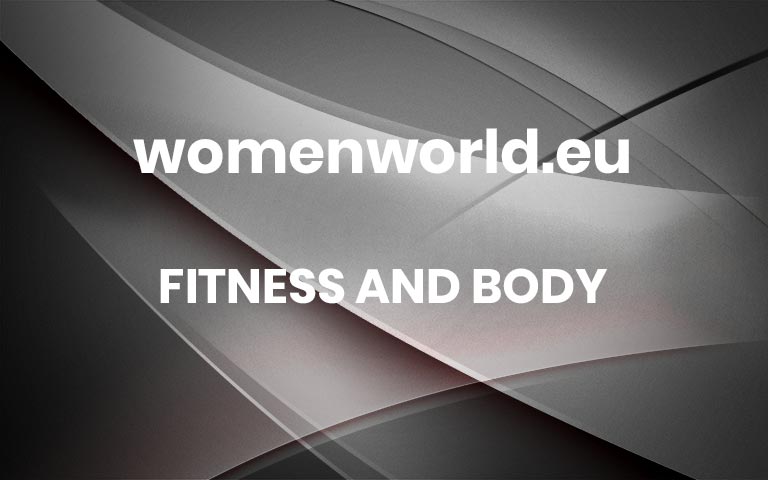7 Proven Pilates Benefits And The Best Apps To Download
Pilates is all about slow, controlled movements – but its fitness and health rewards are supercharged. Whether you go for a class on a mat, using gravity for resistance, one on a reformer, or a more contemporary variation with equipment like spring-loaded chairs and larger Megaformers, you’ll walk away with feel-better benefits on day one. Here, we look at the fantastic Pilates benefits and Pilates apps to try.Pilates tones your musclesWhile people often say Pilates leaves you with “long, lean muscles,” technically, all muscle is lean mass. But the workout does strengthen and stretch your limbs in one go. “Oftentimes, people feel that their body has been compressed, tense and tight beforehand but leave the studio feeling looser and more aware of their body,” says Marina Kaydanova, founder of BK Pilates in the U.S.READ MORE: What is Pilates? A Complete Guide for Beginners, Inc. 34 Exercises + 15 Best Online ClassesPilates sculpts a rock-solid coreProbably the most well-known Pilates move — the Hundred — is all about abs. But exercises that target your tummy are hardly the only reason it’s a dynamo core workout. Most Pilates moves require you to keep proper alignment and challenge your stability to stay balanced, which helps fire up your midsection. In fact, in a British study, after just 12 weeks of a Pilates routine, a majority of people showed improved core strength.It makes you more flexibleNo wonder Pilates has been a favourite of dancers for decades. The workout is about strengthening and stretching – and research has shown it comes with a major muscle-loosening pay-off. After only eight weeks of a Pilates routine, people showed improved the flexibility in a study published in the Journal of Sports Medicine and Physical Fitness.READ MORE: Total-Body Toning Spring WorkoutPilates improves your postureA big focus of the workout is maintaining good alignment and balance as you slowly move through all the exercises. So it makes sense that doing a mat or reformer routine on the reg will help you sit and stand tall the rest of the time too. A strong back, glutes and abs won’t just look good but are also key for nailing perfect posture.It might ease your achesPilates helped relieve chronic back pain for participants in many studies. “It can help relieve lower-back pain, partially because it adds support to your core,” says Kaydanova. A regular routine can also help prevent future injuries by improving your flexibility and mobility.READ MORE: Build Killer Abs With This Quick Core WorkoutPilates counts as cardioCardio while lying on your back? Sign. Us. Up. All right, it might not pack the same punch as running intervals, but Pilates does include a dose of cardiovascular exercise. Classes on a reformer are better for this than those on a mat, since the reformer’s springs and jump board allow for more energetic moves. But mat Pilates can rev your heart rate too: plenty of new workouts introduced are enough to create a sweat.Pilates might help you lose weightWomen who did Pilates three times a week for eight weeks lost weight and centimetres in their waist and improved their BMI, in one small study from Pamukkale University in Turkey. Keep in mind, though, that study participants were overweight and sedentary to begin with – so if you’re already active, you might not notice a dip on the scale.A 2022 literature review concluded that there’s no outright proof showing that Pilates can significantly create weight loss, since studies are scarce. Nonetheless, tons of women on TikTok swear by the practice as a powerful weight loss tool.READ MORE: 6 Cardio Myths You Need To Stop Believing Pilates apps to tryPilatesAnytime
This app boasts “the largest library and greatest variety” of Pilates workouts, including on the mat, reformer, with equipment and barre fusion. After a 15-day free trial, PilatesAnytime is R499 per month.
Alo Moves
A holistic app, Alo Moves includes fitness, meditation, nutrition and self-care content. There’s a range of yoga and Pilates programmes. After a free trial, the app is R231 per month. Alo Moves is not available on Google Play.
DownDog Pilates
From the creators of DownDog Yoga, the Pilates app is highly customisable. Choose your level, music, instruction voice, and boost your workout by body focus. The premium version is around R178 per month.
The Movement Lab On Demand
This subscription-based service is an accessible form of legendary classes at The Movement Lab. With the R449 monthly fee, you’ll score 6 recorded in-studio sessions a week and supplementary elective content, plus an existing library of workouts.
Glo
Having been around since 2008, Glo sports a wide variety of workouts, including Pilates, HIIT and meditation. Get access to daily live classes and 8 000+ on-demand sessions for R534 a month.
Blogilates
Popular Pilates pioneer Casey Ho takes her YouTube classes into app form. The free app includes monthly challenges, a workout calendar and body-focused sessions.
This article written by Laurel Leicht originally appeared on Women’s Health US More


